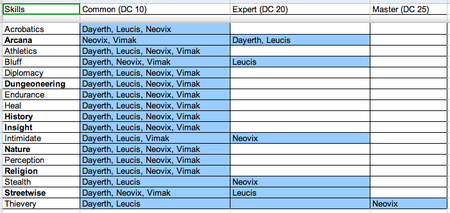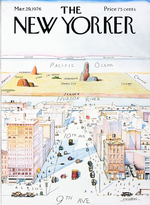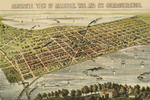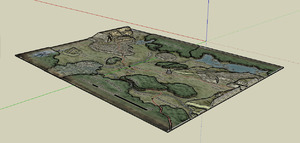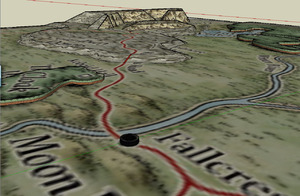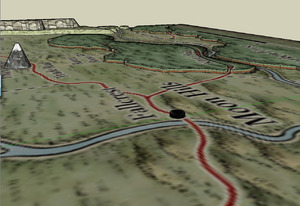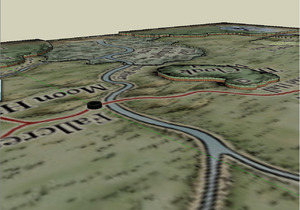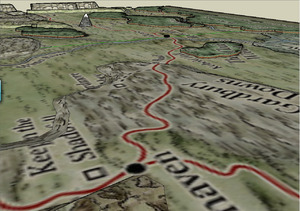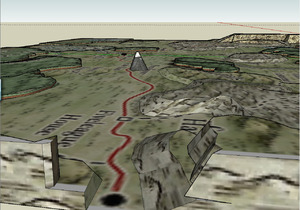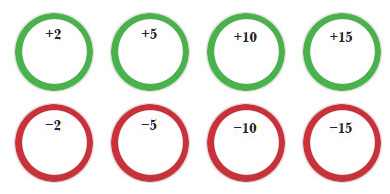So here is a fun fact- After 20 months, my gaming group has just finished H1 Keep on the Shadowfell. Seems like a long time to get from level 1-5? Probably, but you should look at this more of an indication of how busy our lives are. Sometimes its months betweens sessions. Anyway, as a result we have had to use a rule where we play of there are more then 1/2 the players able to show up. This means most sessions one or two players have to play an absent players character. No one complains, but over time I have come to realize it dampens the role playing. No one gets a full round to plan their next big move, because they have to take a few minutes and figure out what Bobs character can do, expecially if Bob's character uses totally different mechanics then they are used too.
Some DMs simply rule that the characters of absent players fade into the woodwork, and reappear the next session when the player returns. I am too much of obsessive stickler for story continuity to go for that, and I feel like it removes some of the immersion in the story for the players.
So in the DMG2 on pages 28-33 there are the rules for creating a Companion Character- sort of a stats-lite version of a PC but layed out in a monster stat block.. WotC designed the companion character to fill the role of a semi-NPC that the players can control in addition to their own character, like the Robin to their Batman. Reading the rules on it, it is totally designed to be the sidekick to your character- and thus never overshadowing your PC.
"Aha", thinks I- just what I have been looking for. So with some tinkering, I condensed down the companion creation rules, to be used to convert an existing PC into a 1 page companion character. My thinking is that the DM would create a Quick Character sheet for each PC in their campaign, and keep them for when some people can't make it. Players can then choose to run the absent player's characters using the Quick Character sheet for that PC, or simply trade it around the table as they see fit.
I am thinking of the Quick Character as an 'instanced' version of the PC. They would still be part of the ongoing story, and their main abilities would be there for the party. But at the same time they are streamlined enough to not be a complex burden on the player running it in addition to their own. Equally important is that all the complex and super cool mechanics are 'turned off' so that only the player who owns it gets do the really cool stuff. And since its instanced, when they return the next session, everything is just as they left it- none of their daily powers have been expended, and all their stuff is just how they left it.
In terms of death, I see the Quick Character as never actually able to die, but instead why they get below zero HP, they simply are unconscious until the end of the encounter or until someone gives them healing. No need for death saves, since that mechanic is there prevent players from having nothing to do once their character is down. But in this case, having the Quick Character knocked out frees them up to focus on their main character. (On the character sheet, I did add the Death Save check boxes, because I figured other DMs might still want to use them.)
I also had the thought while working on this, that this might be a good solution for young or new players who would find regular 4E too complex. The DM could create their character for them in the Character creator, but then let them play from the Quick Character sheet until they are ready for the full character sheet.
Anyway, here are the instructions, and a one sheet Quick character sheet included on the last page as a PDF form. You can fill it in Adobe reader and print it out a Quick Character Sheet for each PC.
Download Quick_Character_sheet.pdf [350 kb]
(Use the comments fields to let me know your feedback on how it works for you.)
Somewhere recently one one of the blogs out there, I read about someones house rule where absent players character only get 1/2 the normal xp from a session. (if anyone knows where that was posted, let me know in the comments.)
I am trying out with my group doing that, but giving that xp to the person who runs the Quick Character for that session. That gives a the person playing the second PC a reward, as well as is a good motivator to get people to not miss too many sessions.
